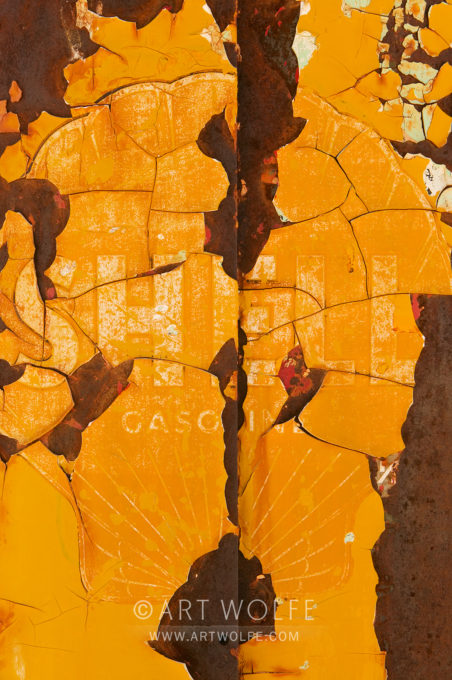Technique Tuesday: Back to Basics – Photographing Without Prejudice
It’s Technique Tuesday, and since the last little tip I shared was a very technical tutorial on creating panoramas in Photoshop and Lightroom, I figured we would go back to the basics with a more universal message that I think will help new photographers and those who may be struggling themselves with tunnel vision alike. With a recently added Abstract Astoria workshop happening soon, and my Photography As Art seminar happening in Seattle this fall, these are some basics I will find myself repeating!
The excerpt below kicks off an early chapter of The Art of the Photograph.

Photograph Without Prejudice
What are you seeing as you photograph? How do you perceive the world and what’s important to you? This is something that goes much deeper than thinking about getting the latest camera with the most megapixels. Good shots come from cultivating the eye. Scrutinize every subject without prejudice. A good photo can be found in rusting debris lying in an alley of a big city or out in a pristine environment. Finding images everywhere is how you practice, how you improve your work. It’s about the subject only in how you frame it, and in the message you send with the photo.
Do you shoot any possible subject, whether a rusting can in a gutter, a grand ceremony in a foreign land, or birds on a beach? Or do you define yourself as a “bird photographer” or a “landscape photographer”? Try not to limit your subjects or how you define yourself as a photographer. Photographing without prejudice opens up the world! You can’t even walk into a grocery store without finding a viable subject. And along the way, you gain practice that cultivates your eye.
Practice Matters
You might think that composition comes naturally for professionals like us. Naturally, perhaps, after many years of doing it! There is no question that if you are to succeed as a photographer, you have to take a lot of pictures. This is sometimes frustrating for people who have invested a lot of money in the latest gear and want instant results since you have to take a lot of both good and bad photographs to get better.
There is an old joke about a visitor to New York City trying to get to a concert at Carnegie Hall. After getting a little lost, he saw a man walking down the street with a large cello case. He stopped the musician and asked, “How do you get to Carnegie Hall?”
The musician looked sternly at the visitor and said, “Practice, practice, practice.”
A concert pianist rarely gets up on stage and gives a bad performance, but only because he or she has had years of practice. That isn’t to say that you can’t get good pictures at whatever stage you are in, but it does point out how important it is to get out and take lots of pictures. Practice does matter.

The Subject, or the Photograph?
One thing that can hold photographers back from finding great images is that they focus too hard on finding the “perfect” subject. Whenever possible, try to avoid “trophy hunting” for subjects. That means going out and trying to find the same subjects that photographers like Art Wolfe shot, or going to major locations and photographing only the big, iconic subjects. Think about that. You can buy postcards of those big, iconic subjects that were shot under ideal conditions. When you start looking for subjects simply as trophies to be captured, you stop looking for the photograph.
If you simply look for subject matter, you’ll often be disappointed because the camera is not looking for subject matter. The camera doesn’t care what your subject is! The camera is simply looking at light and shadow and how to translate that into pixels. It is your job as a photographer to work with your camera to find interesting photographs, not simply capture a subject.
Looking at the art world outside of photography can be instructive. Painters have to figure out what the whole image is going to be, not simply the subject. They have to interpret a scene in a certain way on their canvas, rather than simply pointing a camera at a subject and pressing a button. Seeing through that “lens” can help you navigate the challenge of finding original compositions in the world you walk through every day.
In this book there are very few photographs of the big, iconic subjects that so many others shoot. Art looks for and finds subject matter that is going to translate into interesting photographs that appeal to him. He responds to the world around him as a place filled with photographic possibilities because he is not simply looking for an interesting subject. He is always looking for interesting photographs.



